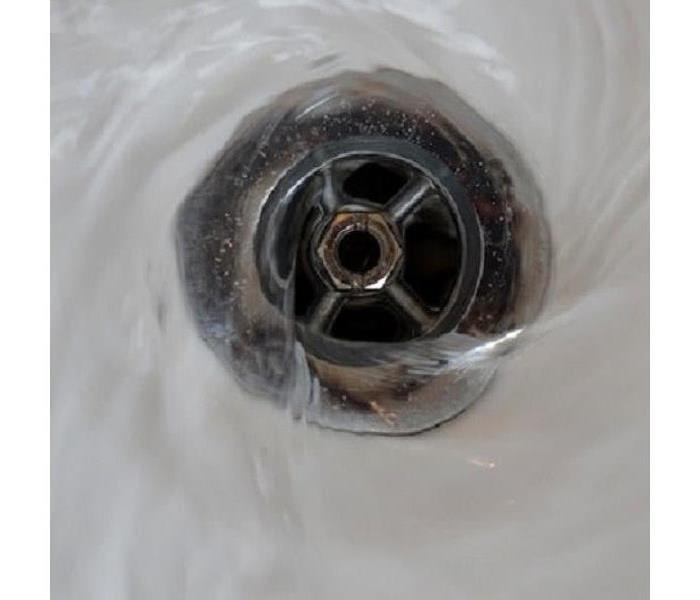The Types of Pollution Found After Water Damage | SERVPRO® of Western Dutchess County
6/25/2018 (Permalink)
When describing water damage, you’ve likely heard terms such as “black water” and “clear water” to describe the danger of the water left behind. While black water is undoubtedly more hazardous than clear water, there are actually three types of pollution found after water damage, and they can all cause their own form of harm to a home or office.
The time after water damage is a chaotic one, which is why we’ve taken the time to outline the three types of water contamination you might come across.
Category 1: “Clear water” is the least contaminated level, as it refers to water originating from a clear source that is free from pollution. Water from leaky faucets, broken inbound pipes, direct rainwater or faulty water supply lines would fall into this category. It is not recommended, but category 1 water should not be considered dangerous if consumed.
Category 2: A step up from clear water is grey water, which is a bit more serious. This is wastewater generated from drain overflows, appliance damages and other types of typical household flooding. This water is either contaminated from the source or has come into contact with many surfaces, so category 2 water is considered dangerous to consume.
Category 3: Category 3 water—black water—is the most notorious, and the most dangerous of the categories. Rising flood waters, sewage overflows or water that has become a breeding ground for bacteria are all causes for concern and can cause illness or death if consumed.
Water damage only becomes more complicated after the initial floodwaters settle, because water that starts in one category can quickly advance to another. Water can develop higher pollution levels from coming into contact with surfaces or sitting stagnant and breeding bacteria and can become even more dangerous as time goes on.
Because this is impossible to determine solely based on appearance, it’s essential to get professional water restoration for peace of mind and a properly restored property.
If you’re dealing with water damage and you’re not sure what to do, SERVPRO® has a team of water restoration professionals that’s here to help!





 24/7 Emergency Service
24/7 Emergency Service
